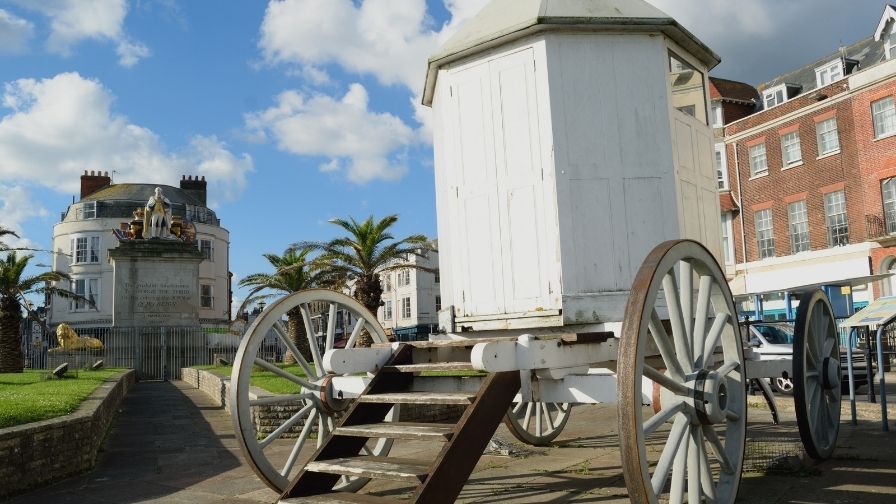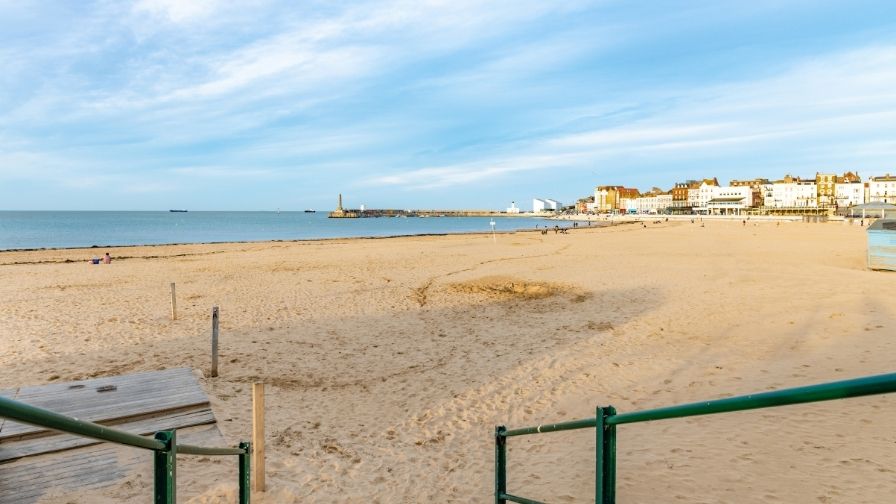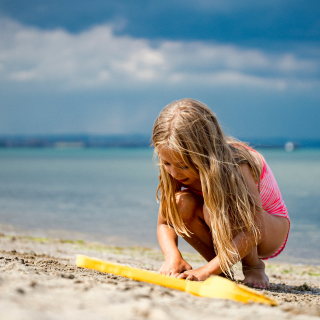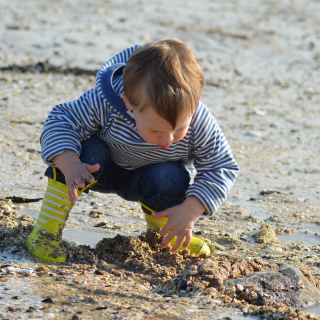Holidays - a History
There have always been holidays but until the middle of the nineteenth century, holidays didn’t mean going away.
As their name implies, holidays began as religious festivals– holy days. This isn’t to say that holidays weren’t highlights in the year, just as they are today. Holidays based around Christmas and Easter and the various saints’ days were an opportunity for everyone to gather together and celebrate. The festival might have begun with a service in church but decorating the church with fresh greenery and flowers would be part of the fun, and then the rest of the day would be given up to merriment with feasting, music, parades, dancing and drinking. They were days out of the ordinary, days to look forward to, days to remember.
Of course, some people had always travelled but these weren’t holidays as we know them. Pilgrims travelled to worship at holy Christian sites, such as Canterbury. The nobility and their households travelled regularly to London from their country houses and castles for business and to take part in court life. Later, wealthier people might have travelled to stay with family members or friends who had married and moved away. But most people couldn’t take more than a day or so away from their work on the land, travelling was slow, and besides – where would they go?
Sea bathing
The idea of going to the seaside grew out of the theory – popular from the end of the seventeenth century onwards – that seawater was good for you.
Sea bathing soon became a recommended cure for all kinds of illnesses, and by the 1730s the wealthy were visiting coastal towns such as Liverpool, Whitby, Margate and Brighton for a bracing, health-giving dip in the sea.
There was no splashing around in the sea wearing skimpy bathing costumes however. The bather entered the sea from a bathing machine, a sort of mobile changing room which was wheeled into the water. The bather then descended steps to immerse themselves in the sea; women bathed fully dressed but until the 1860s men could bathe in the nude! The canvas modesty hood attached to the end of the machine concealed the bather from spectators on the beach – it must have been like bathing under a huge umbrella.
Sea bathing was thought to be more effective as a treatment in the mornings, so that left the rest of the day to fill. Seaside towns soon sprouted assembly halls, theatres and libraries to entertain their visitors. However, although these coastal resorts grew in popularity, they were still very much the preserve of the moneyed classes who had the time and the means to make the long coach journeys from their fashionable homes in London and Bath.
Margate
A notable exception to this was Margate, on the north Kent coast.
Popular from the mid-eighteenth century, Margate was different because it could be reached by land and sea, and so many of its visitors came by sailing boat from London. This was not as convenient as it might sound – the single-masted boats or hoys as they were called – were very reliant on the weather and the voyage from London could take anything from eight hours to three days. However, on a good day a hoy was faster than the coach and much cheaper. This meant that Margate was known early on for the diversity of the visitors it attracted.
Margate was also unusual in that it didn’t significantly benefit from the coming of the railways– the great technological advance which from the 1840s completely revolutionised travel in Britain. For the first time it was possible and affordable for large numbers of people to travel from inland towns and cities to the coast. Now other resorts were as accessible as Margate.
The British seaside holiday had arrived.
Read more on the history of holidays
The History of Holidays: Part Two
From where it all began, and how times have changed.
The History of Holidays: Part Three
From where it all began, and how times have changed.
How Times Have Changed: a Social History of Holidays
Get a better understanding of the role holidays have played in times past and present.
You may also like:
Patrick and Joan
Our founders setup the charity after their own family holiday gave them space and time to create happy memories together.







